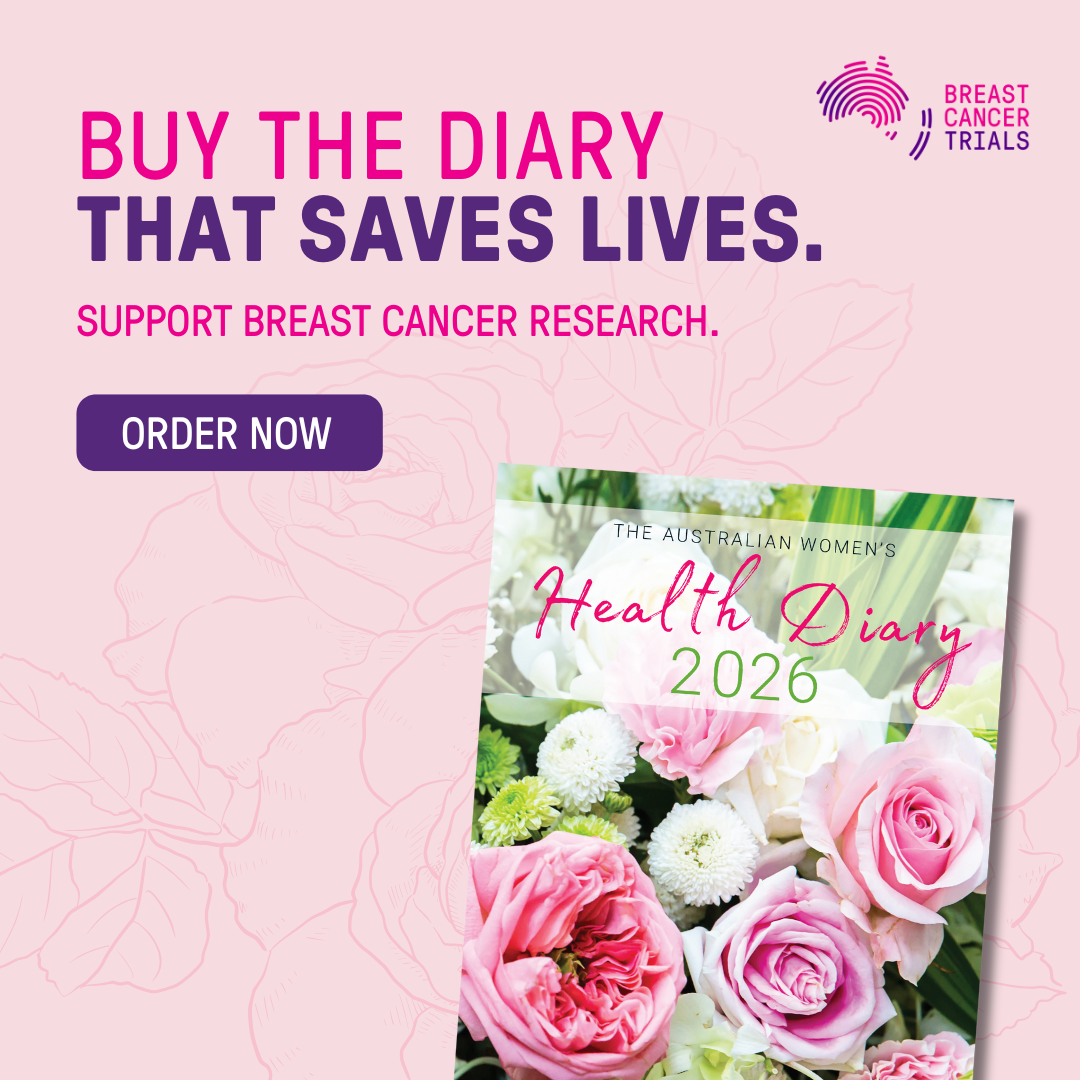Women in the health and care sector earn roughly 24 percent less than their male colleagues — one of the largest gender pay gaps among all other economic sectors.
That’s according to the most comprehensive global analysis of gender pay inequalities in the health and care sector – a new joint report by the International Labour Organisation (ILO) and the World Health Organisation (WHO).
The report found a 20 per cent gender pay gap, a figure which grows to 24 per cent when factors such as education, age and working time were accounted for.
Despite women making up 67 per cent of health and care workers worldwide, the pay discrepancy underscores the way they continue to be underpaid for their labour market attributes compared to men.
Manuela Tomei, Director of Conditions of Work and Equality Department at the ILO, described the heath and care sector as an industry which has historically endured low pay, stubbornly large gender pay gaps, and “very demanding” working conditions.
“The COVID-19 pandemic clearly exposed this situation while also demonstrating how vital the sector and its workers are in keeping families, societies and economies going,” she said.
“There will be no inclusive, resilient and sustainable recovery without a stronger health and care sector.”
“We cannot have better-quality health and care services without better and fairer working conditions, including fairer wages, for health and care workers, the majority of whom are women.”
Wages in the health and care sector were generally lower than other economic sectors, confirming the trend that female-dominated sectors had lower wages overall.
The 160-page report found that despite the crucial role played by health and care workers during the pandemic, there was not much change in pay equality between 2019 and 2020.
Working mothers in the health and care sector suffered additional penalties, with gender pay gaps increasing during a woman’s reproductive years.
The report disclosed that the reasons for this pay gap in the sector remains unclear, though factors including differences in age, education, working time and the difference in the participation of men and women may address part of the problem.
Jim Campbell, WHO Director of Health Workforce believes systemic biases are resulting in pernicious pay penalties against women.
“Women comprise the majority of workers in the health and care sector,” he said. “The evidence and analysis in this ground-breaking report must inform governments, employers and workers to take effective action.”
The report stated that when family duties were distributed more equally between men and women, women were able to make wider occupational choices.
Manuela Tomei believes the time has come for decisive policy action, such as policy dialogues between both private and public institutions.
“We hope this detailed and authoritative report will help stimulate the dialogue and action needed to create this,” he said.
Campbell agreed, adding that the success stories in several countries show the way, “… including wage increases and political commitment to pay equity.”



